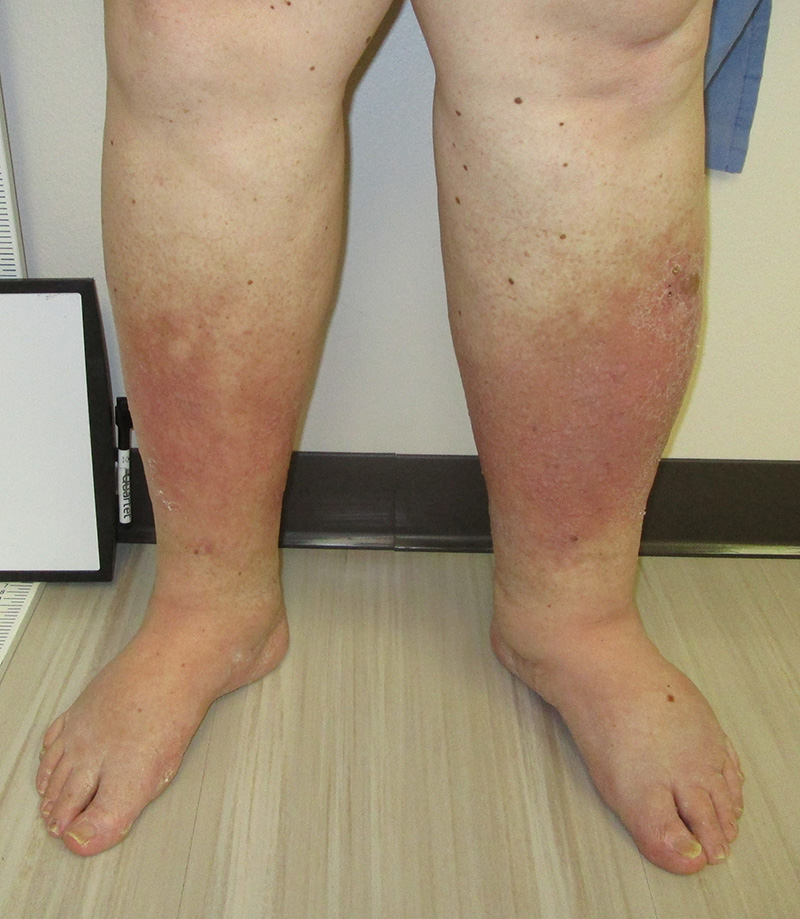Leg Venous Insufficiency

What are varicose veins ?
The function of veins is to return blood to the heart. There are two frameworks of veins in the legs – Deep veins (those veins beneath the muscles) and Superficial veins (those veins above the muscles).
Blood is normally pumped up the legs by the lower leg muscles, as it contracts when a person walks. The veins have multiple single direction valves that permit blood to flow up the leg and not down. The valves additionally direct the blood to flow out of the superficial vein system to the deep vein system.
When the valves are leaking, it allows the venous blood to flow down the leg as well as from the deep system into the superficial system. Reflux is term used to characterize this anomalous blood flow. This prompts blood pooling in the leg veins. The pooling of blood causes development of swelling and formation of varicose veins.
As the swelling becomes more chronic, it causes the skin to become thicker, firmer and darker. This increases the chance of developing open sores, mostly near the ankles, called venous stasis ulcers. The above described scenario of venous reflux has a medical condition named lower extremity (leg) venous insufficiency.
The most common cause of lower extremity venous insufficiency is reflux in the main superficial vein of the leg labeled the greater saphenous vein or GSV. The GSV stretches from the ankle to the groin where it connects to a deep vein, the femoral vein.
Assessment of Leg Venous Insufficiency
Treatment starts with a formal evaluation by a cardiovascular surgeon. This entails discussing any ancestry of vein problems or clotting issues as well as utilization of anti-contraceptives or hormones.
A physical exam is rendered. Noting any swelling, skin changes and enlarged veins.
We at that point obtain a venous ultrasound of the legs. The ultrasound or sono is indispensable in surveying the leg veins. During sono assessment, the deep and superficial vein systems are visualized for blood clots and for flow. This gives vital data with respect to what treatment is needed.
Sometimes the sono of the legs is performed with the patient in the standing position to better demonstrate the venous reflux. The greater saphenous vein is assessed for proper function. The femoral vein is inspected for clots.
All leg veins are likewise evaluated for their flow. If the progression of blood flow is not uniformly up the leg, then one has venous reflux. The measure of this venous reflux determines the amount of venous insufficiency.
SCHEDULE A
CONSULTATION TODAY
With Dr. Miguel Gomez
By filling out our online appointment form
